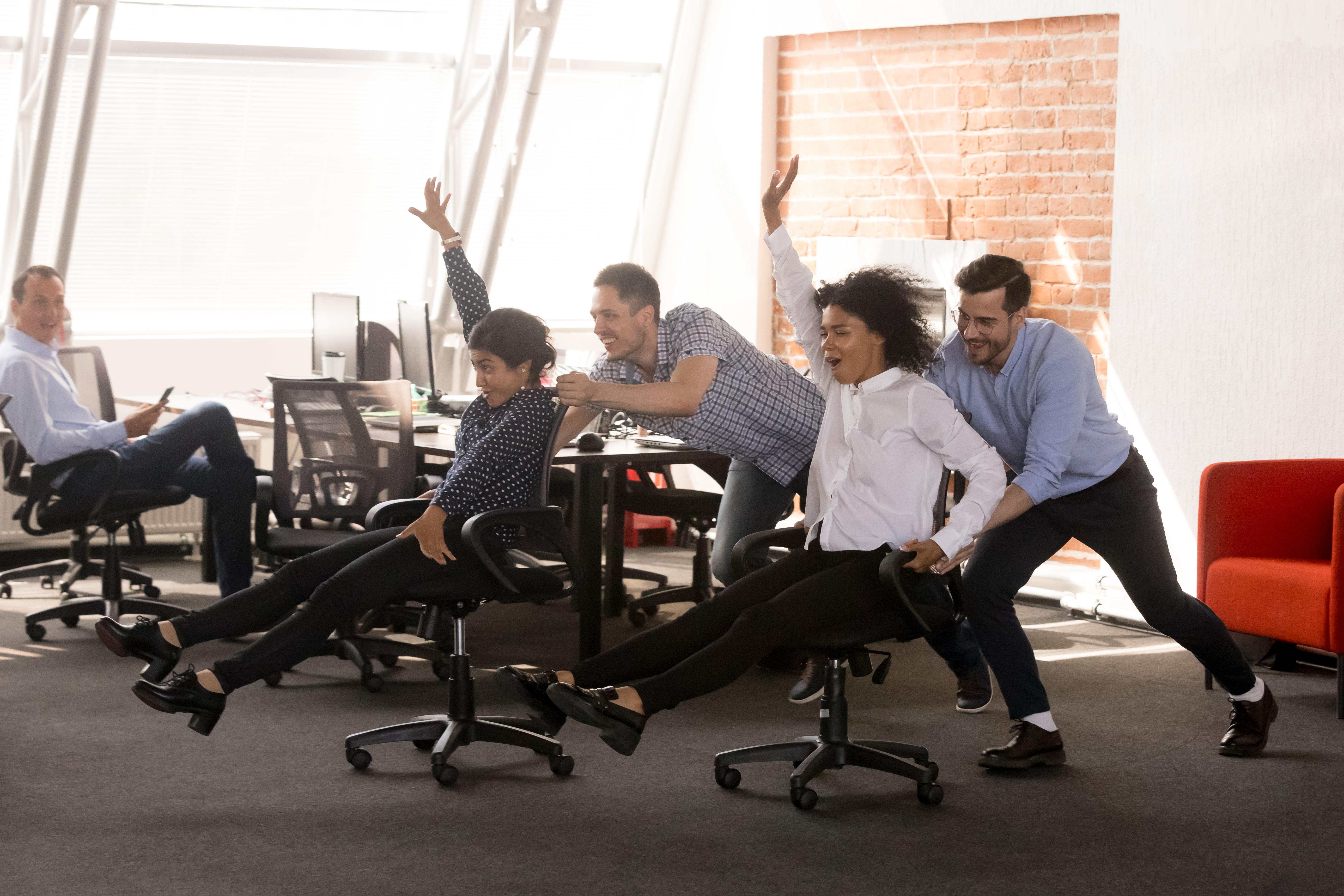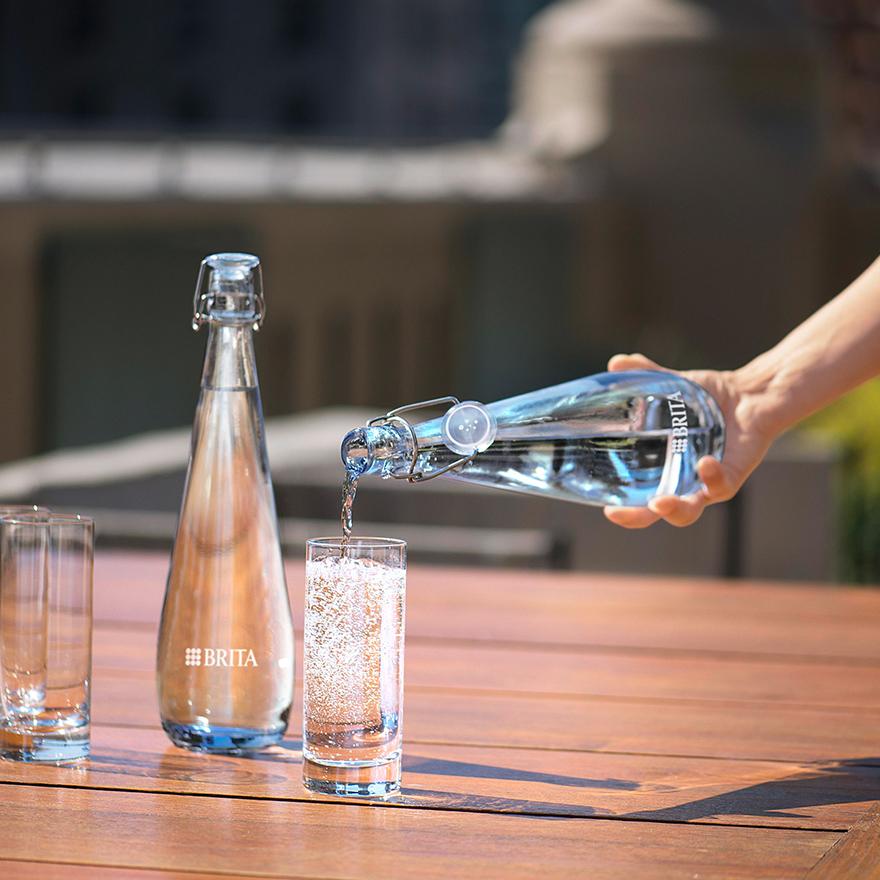So, what do employees want from their workplace?
From nap pods and treadmill desks, to flexible working spaces and hydration stations, we investigated what’s a passing fad, what’s here to stay and what will guarantee a happy, healthy and productive workforce.
After all, a 1% happier workforce could boost the UK economy by £24 billion a year.
We asked employees, ‘What are the key ingredients for a healthy, happy workforce?’ and this is what they said:
Top 3 ingredients for a healthy, happy workforce

1.Flexible working and comfortable office space (61%)
2. Access to outside space and natural light (43%)
3. Onsite hydration areas with sparkling water (33%)












